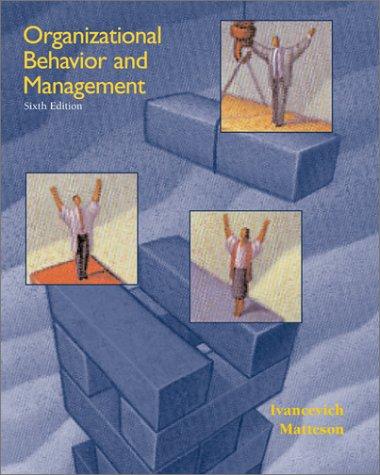Question
Case Study The Market for Professional Basketball Toward the end of the 1970s, the NBA seemed on the brink of collapse. Attendance had sunk to
Case Study
The Market for Professional Basketball
Toward the end of the 1970s, the NBA seemed on the brink of collapse. Attendance had sunk to little more than half the capacity. Some teams were nearly bankrupt. Championship games didn't even merit prime-time television coverage. But in the 1980s, three superstars turned things around. Michael Jordan, Larry Bird, and Magic Johnson created millions of fans and breathed new life into the sagging league. New generations of stars, such as Dwayne Wade, Kevin Durant, and LeBron James, continue to fuel interest.
Since 1980 the league has expanded from 22 to 30 teams and game attendance has more than doubled. More importantly, league revenue from broadcast rights jumped about50-foldfrom $19 million per year during the 1978-1982 contract to $930 million per year in the current contract, which runs to 2016. Popularity also increased around the world as international players, such as Yao Ming of China and Dirk Nowitzki of Germany, joined the league (basketball is now the most widely played team sport in China). NBA rosters now include more than 80 international players. The NBA formed marketing alliances with global companies such as Coca-Cola and McDonald's, and league playoffs are televised in more than 200 countries in 45 languages to a potential market of 3 billion people.
What's the key resource in the production of NBA games? Talented players.Exhibit 15shows the market for NBA players, with demand and supply in 1980 as D1980 and S1980. The intersection of these two curves generated an average pay in 1980 of $170,000, or $0.17 million, for the 300 or so players in the league. Since 1980, the talent pool expanded somewhat, so the supply curve in 2010 was more like S2010 (almost by definition, the supply of the top few hundred players in the world is limited). But demand exploded from D1980 to D2010. With supply relatively fixed, the greater demand boosted average pay to $6.0 million by 2010 for the 450 or so players in the league. Such pay attracts younger and younger players. Stars who entered the NBA right out of high school include Kobe Bryant, Kevin Garnett, and LeBron James. (After nine players entered the NBA draft right out of high school in 2005, the league, to stem the flow, required draft candidates to be at least 19 years old and out of high school for one year. So talented players started turning pro after their first year of college; in 2008, for example, 12 college freshmen were drafted, including five of the top seven picks.)
Because the supply of the world's top few hundred basketball players is relatively fixed by definition, the big jump in the demand for such talent caused average league pay to explode. Average pay increased from $170,000 in 1980 to $4,900,000 in 2010. Because the number of teams in the NBA increased, the number of players in the league grew from about 300 to about 450.
Exhibit 15

Step by Step Solution
There are 3 Steps involved in it
Step: 1

Get Instant Access to Expert-Tailored Solutions
See step-by-step solutions with expert insights and AI powered tools for academic success
Step: 2

Step: 3

Ace Your Homework with AI
Get the answers you need in no time with our AI-driven, step-by-step assistance
Get Started


